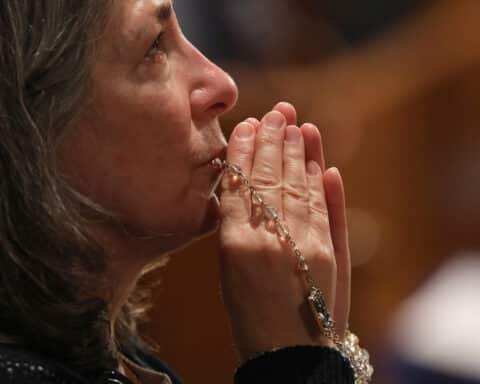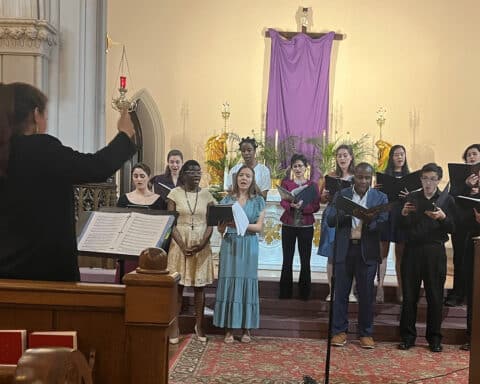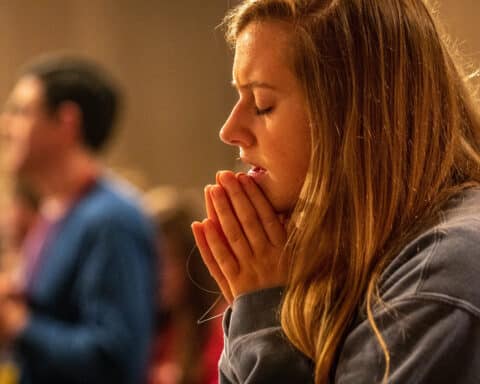Question: I recently heard that it’s OK to leave out the introductory and ending prayers of the Rosary and only say one Our Father, 10 Hail Marys, a Glory Be and the Fatima prayer for each Mystery. Is that correct?
— David Gardner, Panama City, Florida
Answer: The “correct” way of praying the Rosary can be assessed in different ways. The only current and authoritative source for this might be the Enchiridion Indulgentiarum (“The Handbook of Indulgences”). The Rosary is there described in the following way:
“Now the Rosary is a certain formula of prayer, which is made up of fifteen decades of ‘Hail Marys’ with an ‘Our Father’ before each decade, and in which the recitation of each decade is accompanied by pious meditation on a particular mystery of our Redemption. ‘The name ‘Rosary,’ however, is commonly used in reference to only a third of the fifteen decades …” (Enchiridion Indulgentiarum, No. 48).
However, this description most likely denotes the substantial form of the Rosary and is not meant to exclude any additions at all. Rather, it is meant to set forth the substantial form and prevent any significant reduction of that basic form in order to merit the indulgence associated with it. With this in mind, the recitation, as you describe it, would seem to be permitted and sufficient.
Custom, however, has assigned certain introductory and concluding prayers on the “stem” of the Rosary with its beads. These include the Creed, one Our Father, three Hail Marys, the Salve Regina, and other acclamations to the saints. Some of these customs are more widespread than others. The Fatima prayer, which you mention in your question, is not part of the original Rosary but was added after 1917 when Our Lady of Fatima asked that this be added after each “Glory Be” at the end of each decade. Most have accepted this addition, but not all.
A third approach is to follow the Dominicans, from whom the Rosary is said to have come. If Our Lady gave it to St. Dominic, it might seem they should guide its “official” recitation. If so, they do the following:
First, one makes the Sign of the Cross. Then follow short verses and responses: “V. Hail, Mary, full of grace, the Lord is with Thee; R. Blessed art Thou among women, and blessed is the fruit of Thy womb, Jesus. V. O Lord, open my lips; R. And my mouth will proclaim Your praise. V. O God, come to my assistance. R. O Lord, make haste to help me. Glory be ….” Then follow the five decades as usual. To conclude: First, the Hail, Holy Queen is prayed. Then, “V. Queen of the Most Holy Rosary, pray for us. R. That we may be made worthy of the promises of Christ.” Then the usual prayer: “O God, whose Only-Begotten Son, by His life, death and resurrection ….” And ending with “V. May the Divine Assistance remain always with us. R. And may the souls of the faithful departed rest in peace.”
What then to do? In private recitation, your shorter method is permitted. But in public recitation, one ought to follow the custom of the place where it is prayed. Custom can have the force of law, even if not strictly required, and charity urges that we should comply unless there is a serious reason to refuse. There have been sad disputes in parishes where certain individuals or small groups have sought to impose additional prayers or refuse to observe certain parish patterns. In these matters, charity is important since the fixed form of the Rosary has admitted limited variations.





